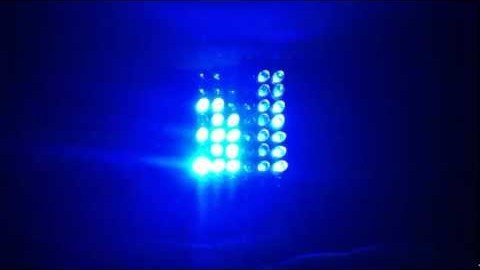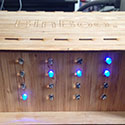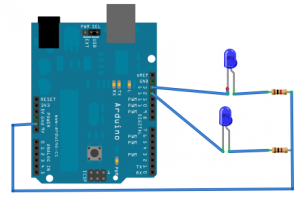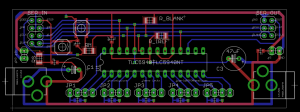Abstract
After getting a couple of flashing lights working on a microprocessor, the next fun project is generally building some kind of Matrix. At first I built a 5×5 LED matrix which was relatively simple to solder together. When trying to make one much larger, the task because significantly more complex. That’s when I decided to build a LED Matrix Shield for the Arduino which did not use Charliplexing, like the LoL shield. I wanted something that was simpler to understand and (ultimately) code for. Unfortunately, 5mm LEDs means 8 columns x 6 rows, instead of the traditional 8×8.





